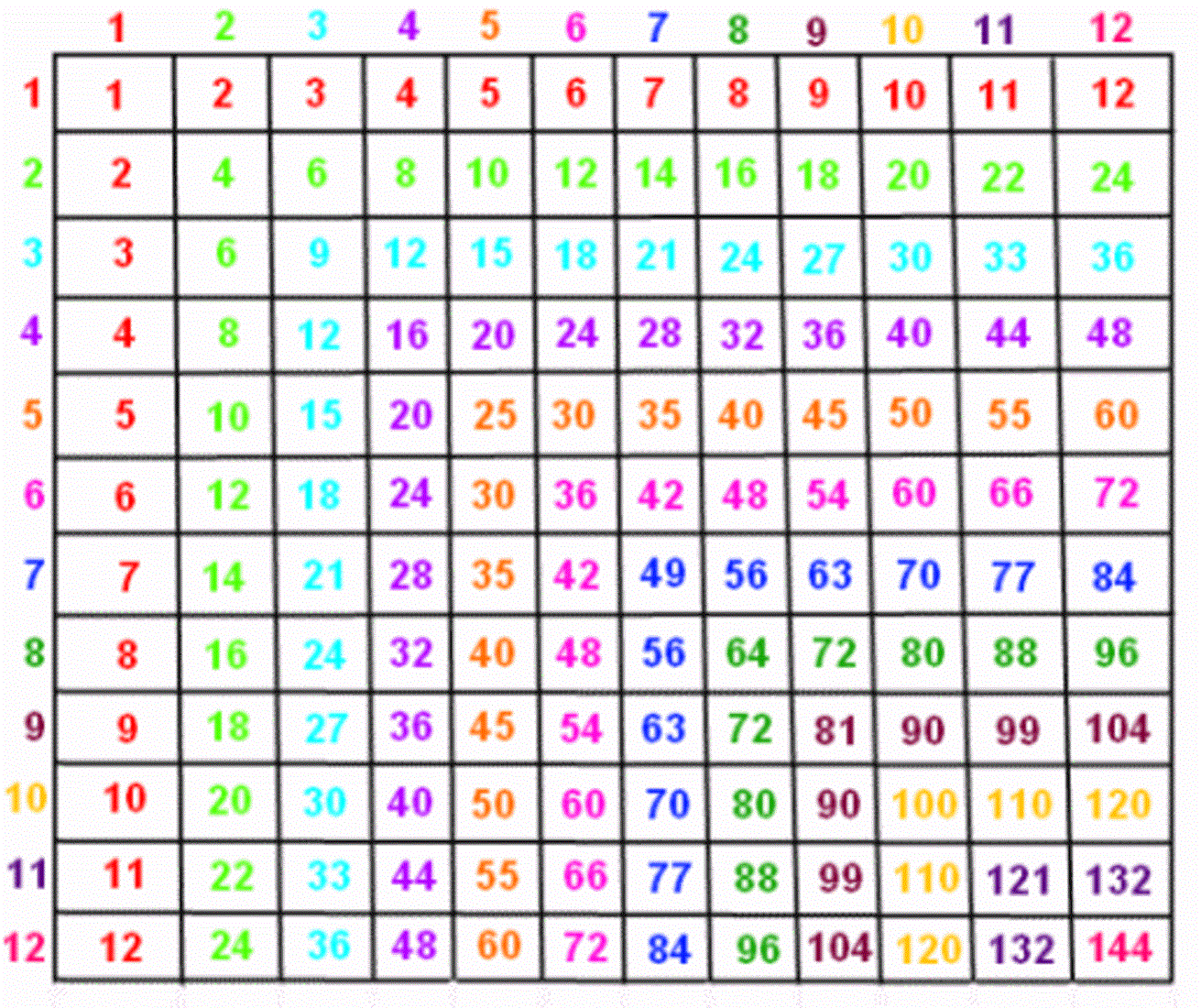

Nelishia Pillay published a comprehensive survey paper of these algorithms in 2014, including a table of methods for solving the school timetabling problem. In 1976, for example, Gunther Schmidt and Thomas Ströhlein formalized the STP with an iterative algorithm using logical matrices and hypergraphs.

Since the 1970s, researchers have developed computerized solutions to manage the complex constraints involved in building school timetables. At large universities, there are additional constraints that must be considered, such as taking into account the time students need to walk from one end of the campus to the other. scheduling only one lab-based course in any timeslot). Course X must be scheduled before Course Y), and resource constraints (e.g. These variations include event constraints (e.g. involve additional constraints that must be satisfied, further increasing the complexity of the STP (school timetable problem). Hoshino and Fabris describe other conditions of real-life timetabling problems, that

1 Description and purpose of a school timetableĭescription and purpose of a school timetable Ī school timetable consists of a list of the complete set of offered courses, as well as the time and place of each course offered.


 0 kommentar(er)
0 kommentar(er)
